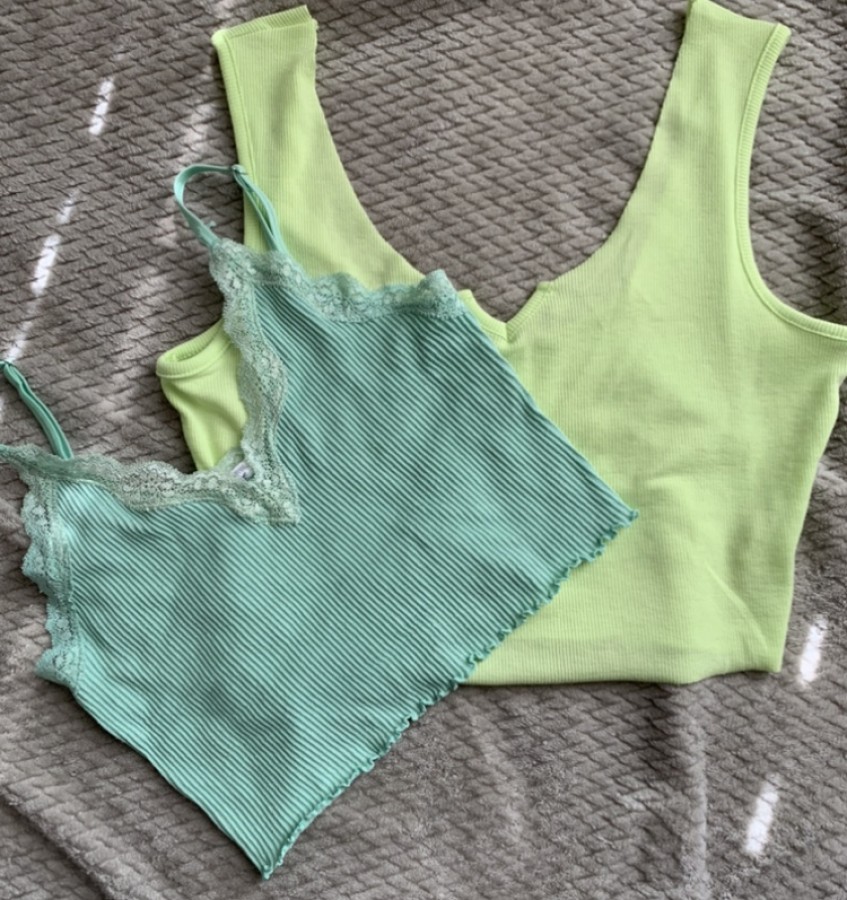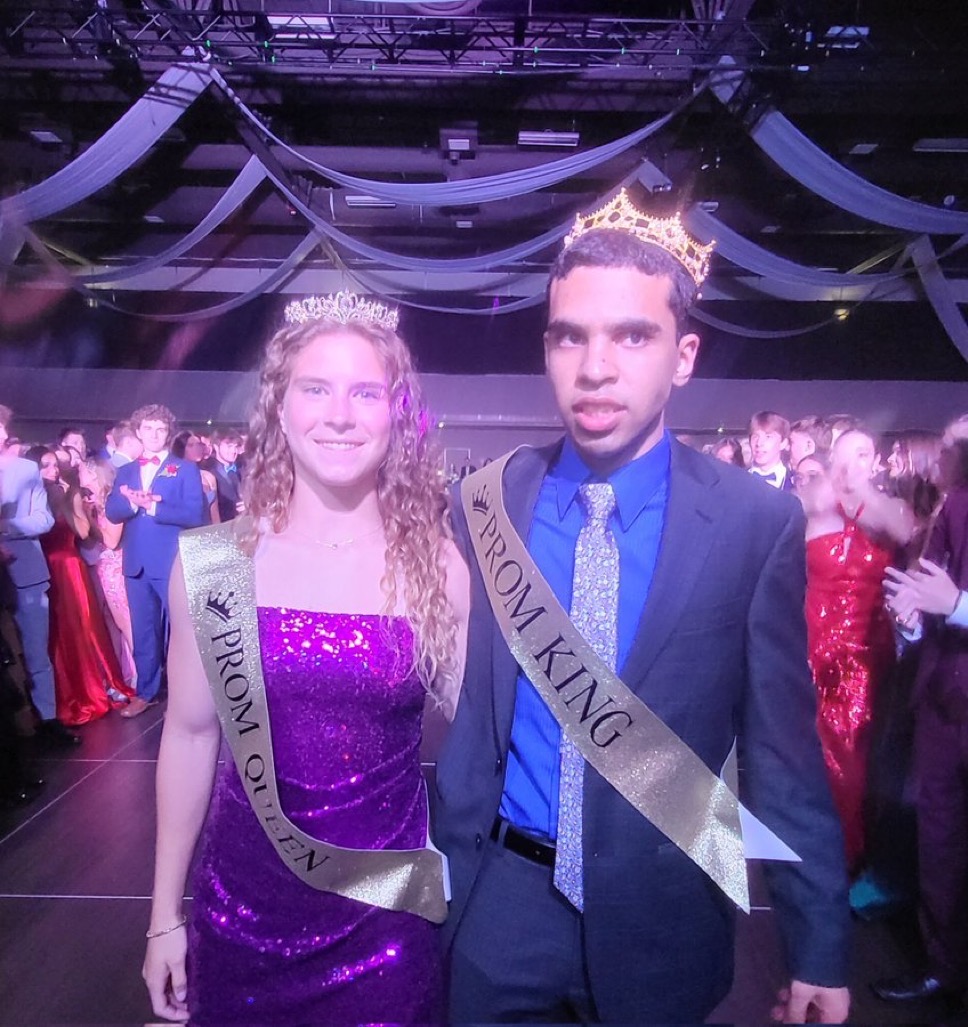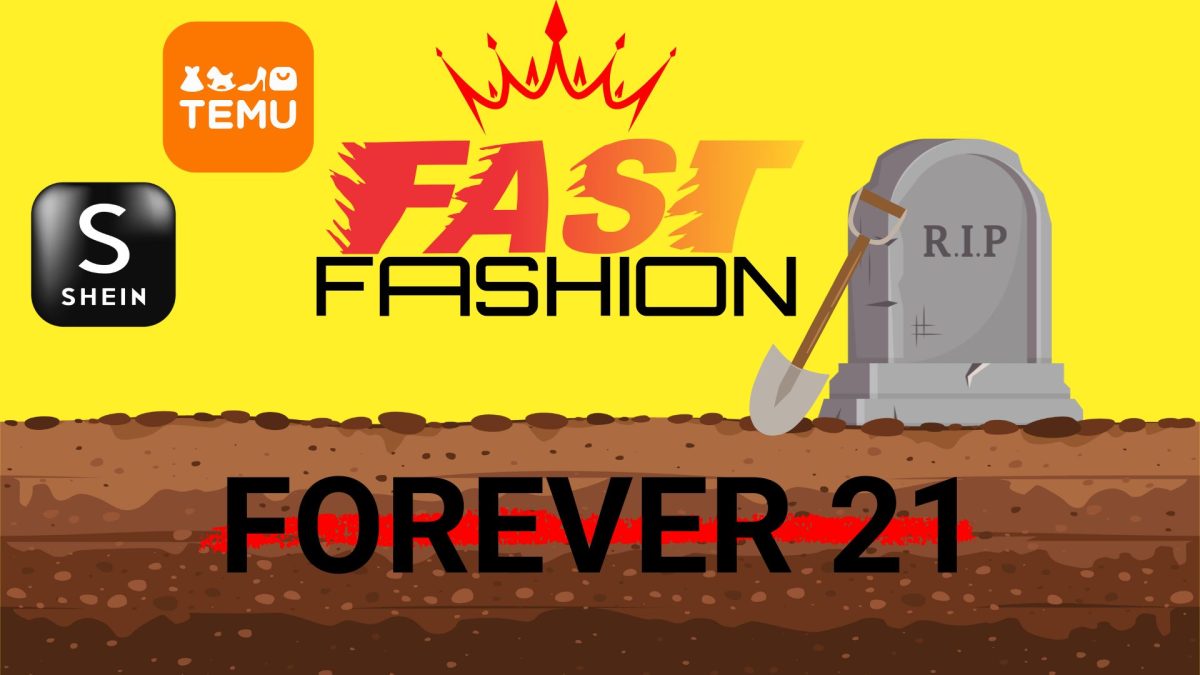The fashion industry has continuously caused chaos for years. Consumers have begun to speculate about the ethics behind fashion. Two popular ways of shopping, thrifting and fast fashion, have recently come under fire.
Both thrifting and fast fashion provide cheaper options, but both have downsides as well. The real question is: is one better than the other?
Thrift shopping was popularized in the 1920s. Shopping at thrift shops, flea markets and garage sales are all forms of “thrifting.” Most thrift stores mainly sell slightly used clothing that was donated. It is then sold for a much cheaper price at stores like GoodWill.
Thrifting is environmentally friendly. It saves more clothing from being thrown away.
Thrifting provides cheaper alternatives for low-income households. Unless a clothing item is rare or vintage, most thrift stores sell the majority of items for under 10 dollars. This means that more items can be purchased and saved from being discarded.
Upcycling thrifted items has allowed cheaper clothing alternatives, which may not be “in style,” to be revived into a new, up-to-date and unique look. Upcycled clothing is often sought out for and re-sold for a more expensive price than it was originally bought for.
Social media turned thrifting into a “trend.” Instagram and other platforms that sell used clothing have brought attention to the problem with thrifting. “Thrifters” have made accounts on these apps specifically for selling thrifted items.
The problem is not with thrift shopping itself, but the people creating accounts to sell their thrift shop finds. With the cheap prices, thrifters will go into thrift stores and dig through clothes for hours and buy many items. They will then post pictures of the items on their accounts and sell them to customers.
Some thrift accounts will resell items they bought for less than 5 dollars, for over 50 dollars. A negative light has been shed on thrifters for “taking away” cheap clothing items for those in need, so they can make a profit. Most of the items sold on thrift accounts are not uncycled to be new again, which could make the price change reasonable.
Some thrifters, like senior Raegan Stein, make a smaller profit and pass savings onto their customers, but the job doesn’t come without some monetary risk. “If I pick up a shirt or sweatshirt, there may be a chance no one wants to buy it. Then I’m out of that money,” Stein said.
Although some do not appreciate the work thrifters put into their accounts, some valuable customers do. However, thrifted clothes are not always-in-style, so customers turn to fast fashion for cheap and up-to-date styles.
Fast fashion was popularized 20 years ago when clothing started to become cheaper and online shopping emerged. Fast fashion is cheaply made, “trendy” clothing and meant to be worn a few times before it becomes unwearable. The clothing items are around thrift store prices and sold at online retailers, such as Shein, or could be purchased in-store at Forever21 or H&M.
Fast fashion allows consumers to purchase cheap clothing that is in-style. Clothing trends in this generation come and go quickly. Therefore, the items are made and sold cheaply so consumers can get rid of the items after a few wears and in turn, create more room in their wardrobe for more new fast fashion trends.
Constantly throwing away unwearable items increases pollution which harms the environment. Not only does the production harm the environment, but the manufacturers as well.
The Rana Plaza incident in 2013 changed the perspective of many on fast fashion. An 8-story building collapsed and killed over 1 thousand garment makers in Bangladesh. The tragedy made many wonder if the cheap clothing was worth it.
To manufacture cheaply made clothing, workers in developing countries have to put their lives on the line. Some companies including Nike, Shein and Forever21 even turn to child labor to make the production process cheaper.
Workers are put in unsafe buildings, are more likely to be exposed to diseases and are at a higher risk of work-related accidents and death. Another factor in selling cheap clothing is the labor workers are paid less than a dollar an hour with an expected workweek of 60-80 hours.
Maddy Licea is an advocate for putting fast fashion to an end. “Constantly buying new fast fashion clothing is arguably more expensive than buying high-quality clothing that will last for years,” Licea said. Prices add up after taking account of the wearability of the items, environmental damage, and non-ethical production.
If prices of high-quality clothing are too expensive, consider thrifting but stray away from reselling for a profit. A little research can bring attention to ethically produced clothing companies with good quality and reasonable prices. Putting an end to the conundrum of fashion is necessary for the world.









